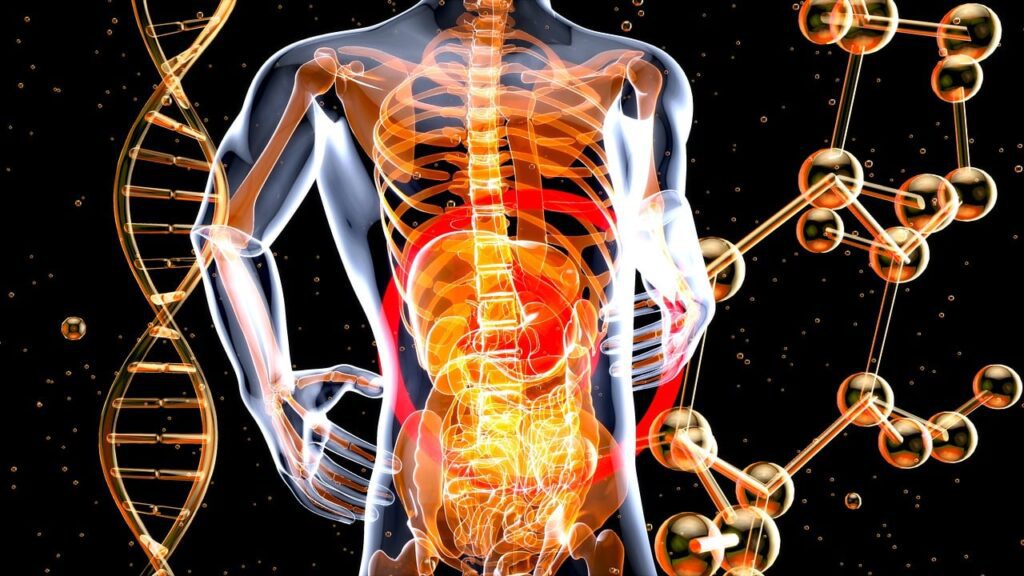
The human digestive system is responsible for breaking down food, absorbing nutrients, and eliminating waste. A thorough understanding of its anatomy and physiology is crucial for NEET aspirants.
Anatomy of the Digestive System
1. Alimentary Canal:
- Mouth: Begins the digestion process with mechanical chewing and enzymatic action of saliva.
- Pharynx and Esophagus: Transport food from the mouth to the stomach.
- Stomach: Secretes acid and digestive enzymes to break down food into a semi-liquid form called chyme.
- Small Intestine: Divided into three parts—duodenum, jejunum, and ileum. It is the primary site for digestion and nutrient absorption.
- Large Intestine: Absorbs water and electrolytes, forming and storing feces. Includes the cecum, colon, rectum, and anus.
2. Accessory Organs:
- Salivary Glands: Produce saliva containing enzymes like amylase that initiate carbohydrate digestion.
- Liver: Produces bile, which helps emulsify fats.
- Gallbladder: Stores and concentrates bile, releasing it into the small intestine.
- Pancreas: Produces digestive enzymes and bicarbonate, which are released into the small intestine.
Physiology of Digestion
1. Mechanical Digestion:
- Chewing: Breaks down food into smaller pieces.
- Peristalsis: Rhythmic contractions that move food through the alimentary canal.
2. Chemical Digestion:
- Salivary Amylase: Breaks down starches in the mouth.
- Gastric Juices: Contain hydrochloric acid and pepsin to digest proteins in the stomach.
- Pancreatic Enzymes: Include amylase, lipase, and proteases for the digestion of carbohydrates, fats, and proteins in the small intestine.
- Bile: Emulsifies fats, making them easier to digest by pancreatic lipase.
3. Absorption:
- Small Intestine: Villi and microvilli increase surface area for nutrient absorption. Nutrients enter the bloodstream through capillaries and the lymphatic system through lacteals.
- Large Intestine: Absorbs water and electrolytes, forming solid waste.
4. Elimination:
- Defecation: The expulsion of indigestible substances and waste products through the rectum and anus.
Conclusion
The human digestive system is a complex network of organs working together to ensure proper digestion, absorption of nutrients, and elimination of waste. Understanding its anatomy and physiology is essential for NEET aspirants.
FAQs
What is the main function of the stomach in digestion? The stomach secretes acid and enzymes to break down food into a semi-liquid form called chyme.
How are nutrients absorbed in the small intestine? Nutrients are absorbed through villi and microvilli in the small intestine, entering the bloodstream and lymphatic system.
What role does bile play in digestion? Bile emulsifies fats, aiding in their digestion by pancreatic lipase.
Which enzymes are produced by the pancreas? The pancreas produces amylase, lipase, and proteases for the digestion of carbohydrates, fats, and proteins.
What is peristalsis? Peristalsis is the rhythmic contraction of muscles in the alimentary canal that moves food through the digestive system.
